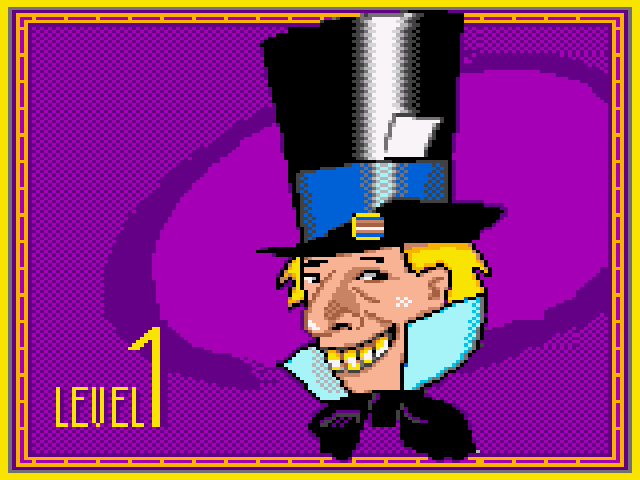

Harmon and Glut suggest that this was probably scripted to be a miniaturised 3-inch torch, as used in the comics, but the filmmakers improvised in following the directions for a "blowtorch." Release Another occurs when, despite the fact that the heroes' utility belts had been replaced by normal belts with no pockets or pouches for this serial, in order to escape from a vault, Batman pulls the nozzle and hose of an oxy-acetylene torch from his belt to cut through a steel door (the tanks for the torch are not shown) to compound this mistake, it is a full-sized oxy-acetylene torch that would have been impossible to carry unseen on his person. One example is that the film shows the Bat-Signal working in broad daylight.

Several mistakes and failures of logic occur in the serial. The Batmobile is again excluded, but instead of a limousine as in the first serial, the duo drive around in a 1949 Mercury. "As usual on a Katzman production," note Harmon and Glut, "the low budget showed everywhere in money-saving shortcuts, and inadequacies." The Batman costume had a poorly fitting cowl and the Robin costume added pink tights to cover the "hairy legs" of both the actor and the stuntman. as Jimmie Vale, Vicki's brother and henchman (uncredited)

Robert Lowery played Batman, while Johnny Duncan played Robin. It is a sequel to the 1943 serial Batman, although with different actors. New Adventures of Batman and Robin, the Boy Wonder, also known as simply Batman and Robin, is a 15-chapter serial released in 1949 by Columbia Pictures.


 0 kommentar(er)
0 kommentar(er)
